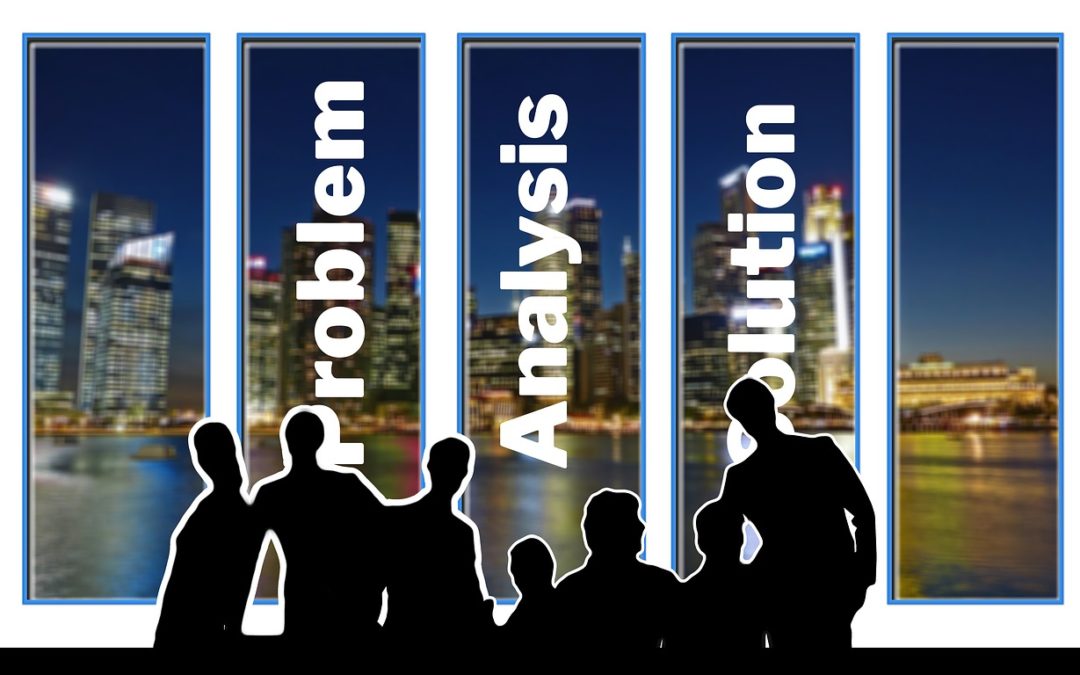When an employee does something wrong in their job, a common reaction is to provide training as the solution. However, believing that training can solve all behavior and performance problems can set an organization on the wrong path. It may even result in a loss of support for your training program. So how do we know when training isn’t always the answer when an individual, team, or a whole organization is experiencing performance problems?
A useful tool to help an organizational leader diagnose and solve performance problems was developed by Robert Mager and is described in detail in the book he wrote with Peter Pipe: Analyzing Performance Problems. In it, a series of questions helps you walk through a performance issue to determine the best course of action. We’ve summarized a few of them here:
- What’s going on, how important is it, and is it worth fixing?
First you need a crystal clear picture of the gap between what you want and what you’re getting. Perhaps deadlines aren’t being met, quality is declining or customer complaints are increasing. Before assuming you know what’s causing the problem and getting to work to solve it, weigh the possible benefits of solving the problem against potential costs to create a dollar limit for what you’re willing to spend on a solution.
- Is there a knowledge or skill gap?
This is frequently the case, but not always – and it may not be the only cause for the problem. A skills assessment of some kind (our WebMentor Skills™ for example) can pinpoint exactly where the knowledge and skill gaps are. However, if an employee couldn’t perform as required if his or her life depended on it, the performance problem may lie elsewhere, and the following two questions might lead to the answer.
RELATED ARTICLE: How to Assess Your Workforce to Create a Skills Inventory
- Is poor performance being rewarded?
Of course, no manager would intentionally reward performance they don’t like, but it happens all the time. For example, one employee may skip key steps in order to leave for the day on time, while another slows down and drags things out in order to be offered overtime.
- Is good performance being punished?
Are there unintended bad things that happen to people who do good work? Are they asked to do more and more without recognition or additional compensation? Do the best performers get stuck without opportunities to grow? The manager doesn’t control all the consequences of a behavior, but a good one will understand the balance of consequences and ensure that good performance is more rewarding than poor performance.
RELATED ARTICLE: 4 Simple Steps That Boost Workforce Performance
- Are there obstacles to performance?
Are the resources employees work with reliable and functional or are they unsuitable or out-of-date? Are your systems aligned with your processes, or are they held together with chicken wire and duct tape? Do the disparate teams that need to coordinate efforts work like a well-oiled machine, or from silos?
By taking the time to answer these questions, you will be able to support your organization’s efforts to create positive change. Furthermore, your training program will become highly regarded and known for solving problems and improving employee performance.
The next time someone impetuously suggests training to solve an issue, speak up and educate others about the difference between training and performance problems and the process to use to determine the best course of action.
RELATED ARTICLE: How to Implement a Competency-Based Training Program
There are other resources available on Mager’s website at http://www.cepworldwide.com.
Analyzing Performance Problems: Or, You Really Oughta Wanna–How to Figure out Why People Aren’t Doing What They Should Be, and What to do About It
If you have ideas that you’d like to share that might be helpful to others, post them in the comments section below.
Editor’s Note: This is an updated post that was originally published on March 12, 2012


